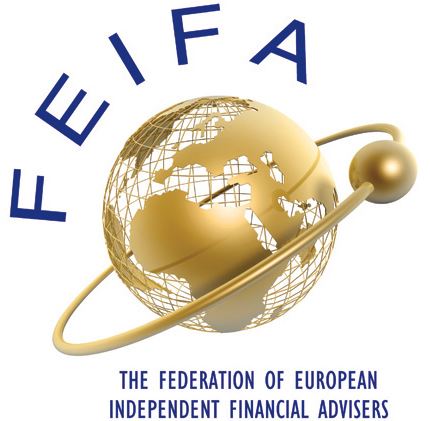Same destination but via a different route
Novia Global discusses
Speaking with an adviser recently, he was complaining that the retirement income request process for an International SIPP was much more complicated than the equivalent with a QROPS. To a degree he had a point, but once we discussed the various nuances, he agreed that now fully aware of the process, the end result was identical for his client.Thus he could now fully justify a transfer in order to access considerably lower scheme fees for his client going forwards.
So what are the key differences? If we use a Maltese QROPS for comparison purposes, the retirement income process is pretty straightforward from an administrative perspective. As long as the client lives in a country that has a double taxation agreement (DTA) with Malta (and that DTA gives primary taxing rights to the country of residency), then the QROPS trustee will generally request:
- Retirement benefits form;
- Up to date proof of address;
- Evidence of tax residency in country that has the DTA with Malta;
Upon satisfactory receipt of the above details the trustee will then pay the requested retirement income without the deduction of any tax locally in Malta and the client declares that they will settle any local income tax with the tax authority in their country of residence instead.
When it comes to an International SIPP, the retirement income is assessed to any UK Income Tax by way of the Pay As You Earn (PAYE) regime. As a result, in addition to the same retirement benefit form and proof of address request, there is a bit more administration involved around any request for income and in the absence of a Form (P)45 from the ceding scheme, will most likely be subject to emergency tax.
What is emergency tax and how does it work?
Usually the first income paid from a pension will have emergency tax applied to it, as the pension scheme will need to contact HMRC to get the correct tax code to apply to the member. As there is no tax code at that point, emergency tax must be applied to it. Broadly speaking, if payments are to be made monthly, this will give 1/12 of each of the relevant tax bands and this is then applied to the payment (see table below).
| Tax Brand | Tax Rate | UK Annual Tax Band | Amount of the 1/12 Emergency Tax Band |
| Personal Allowance | 0% | £12,500 | £1,043 |
| Basic Rate | 20% | £37,500 | £3,125 |
| Higher Rate | 40% | £112,500 | £9,375 |
| Additional Rate | 45% | EXCESS | EXCESS |
Therefore, a payment of under £1,043 would have no income tax applied, then the other bands start to be used and additional rate at 45% will be applied on any income payment requested in excess of £13,543 (£1,043 + £3,125 + £9,375).
Of course, if the client is a resident in one of the +100 countries that has a DTA with the UK then this could result in an overpayment of income tax. However, the good news is that such an overpayment can be reclaimed from HMRC if the DTA enables the client to successfully apply for a NT PAYE tax code. If further payments will be made from the pension in the same tax year, then once the NT tax code is received this would be sorted out if applied on the next requested income payment which will consist of the drawdown payment PLUS any previous overpaid income tax.
However, if the originally taxed income payment and subsequent income straddles a UK tax year eg. taxed income payment paid in March 2020 and the next income payment was made after 6th April 2020, then the originally overpaid tax will have to be reclaimed from HMRC manually – but importantly the ongoing income payments are not taxed whilst the NT code is applied. Again, any local income tax liability in this scenario is settled by the client with the tax authority in their country of residence instead.
So as you can see from above, a little understanding of the steps involved in obtaining the NT tax code can go a long way for advisers and enables them to display their worth to expat clients. This will be especially valued by them if the end result if a more cost effective vehicle for their retirement income provision going forwards.
For further information contact Paul Forman – Paul.Forman@novia-global.com or tel: +44 (0)7395 793 450.
